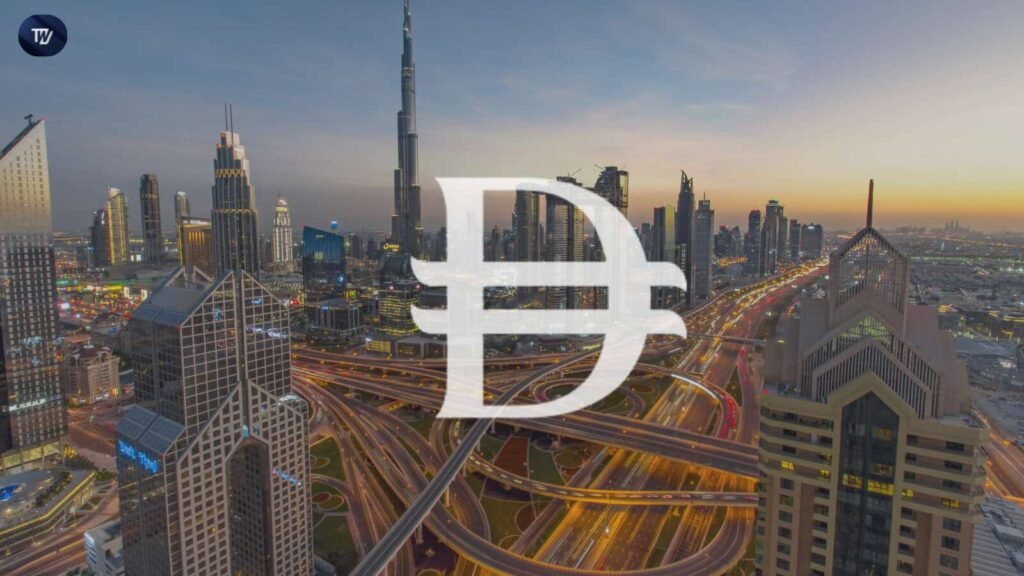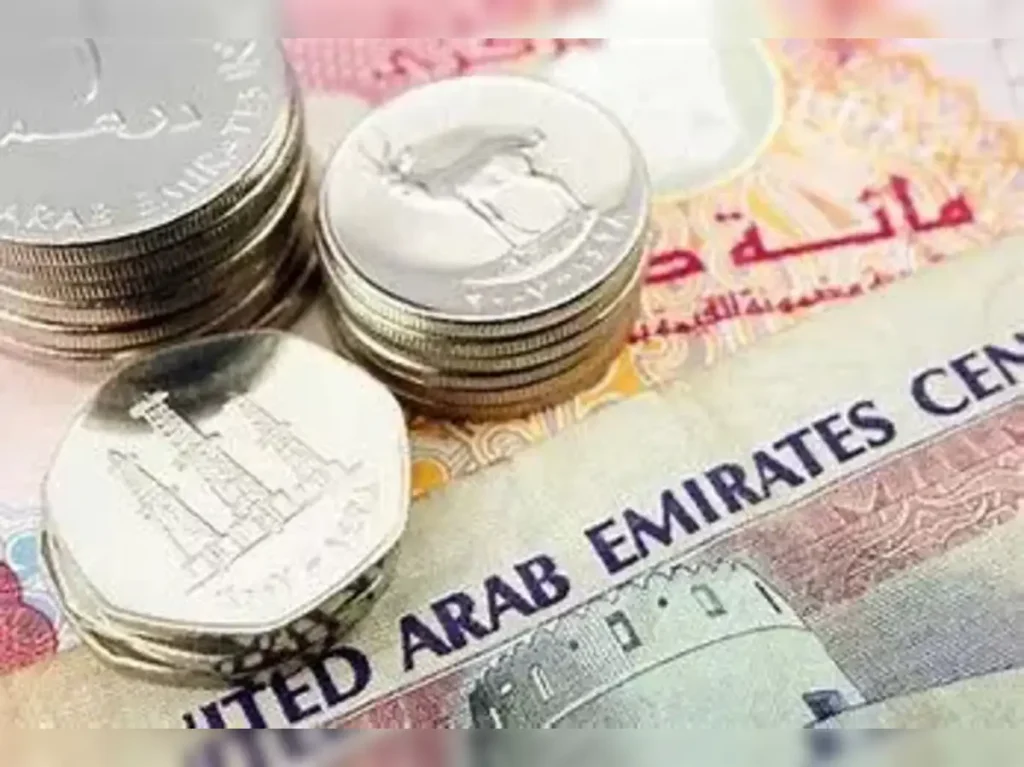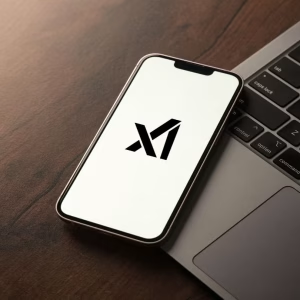In a bold step toward financial innovation, the United Arab Emirates is preparing to launch a regulated Dirham-backed stablecoin designed to strengthen the nation’s presence in the global blockchain ecosystem. This move aims to modernize payment systems, enable faster cross-border transactions, and encourage the broader use of digital currencies—all under the trusted shadow of the UAE Dirham.
As global economies continue to pivot toward decentralized financial models, the UAE’s latest initiative places it firmly in the front seat of the digital transformation bus. More than just a technological upgrade, this stablecoin is a strategic tool to diversify financial infrastructure while enhancing user trust through regulation and the solid backing of a national currency.
The Stablecoin Strategy
At the heart of the plan is a simple yet transformative concept—a digital token pegged directly to the Dirham, the UAE’s national currency. Unlike unregulated cryptocurrencies, this stablecoin will be overseen by financial authorities, ensuring transparency, stability, and consumer protection.

By launching a government-regulated coin, the UAE is addressing the long-standing concerns around crypto volatility and misuse. The stablecoin will serve as a bridge between traditional finance and blockchain-based systems, enabling businesses and individuals to transact with confidence.
This also ties directly into the UAE’s Digital Dirham Strategy, which is being shaped by the Central Bank of the UAE (CBUAE) under the broader Financial Infrastructure Transformation Programme (FIT). With the global interest in Central Bank Digital Currencies (CBDCs) on the rise, the UAE’s approach may help set a regional benchmark.
Blockchain Payments Made Easier

One of the main advantages of this regulated stablecoin is how it can simplify and secure digital payments. The coin could be integrated into existing fintech applications and e-commerce platforms, unlocking a future where peer-to-peer transactions, business payments, and remittances happen in real time—with minimal fees.
For residents sending money abroad or businesses operating cross-border, the stablecoin brings relief from the friction of currency conversion and long settlement times. It’s a promising development for the UAE’s large expatriate community, particularly in sectors like retail, construction, and remittance-heavy industries.
The stablecoin also aligns with the UAE’s push to become a global digital asset hub. Cities like Dubai and Abu Dhabi have already implemented crypto-friendly regulations and established virtual asset authorities such as VARA (Virtual Assets Regulatory Authority). The introduction of a national digital currency can further solidify the country’s competitive edge in attracting blockchain startups and investment.
Building Public Trust
Trust is critical when introducing new technologies, especially in financial services. The UAE’s regulated approach ensures that every Dirham-backed token is transparently managed, reducing the risk of depegging or misuse. Unlike algorithmic stablecoins, which have had a checkered history, this currency will be fully collateralized by real-world reserves.
This isn’t just about crypto enthusiasts—it’s about everyday consumers. A regulated coin opens the door for safe and practical use in daily life, whether it’s buying groceries, paying rent, or making microtransactions online.
As part of the rollout, the UAE may also implement educational campaigns to guide the public and increase awareness about digital money. This is essential to ensure adoption doesn’t remain confined to a niche but becomes part of the everyday financial toolkit of citizens and residents.
Tech with a Human Touch
While the blockchain revolution is often discussed in terms of code and cryptography, at its core, this initiative is about empowering people. It’s about reducing barriers to access, cutting transaction costs, and making financial services more inclusive.
With the right infrastructure, this stablecoin could eventually link into social benefit systems, government payouts, and subsidies, offering a transparent and traceable way to disburse funds efficiently. For small businesses and freelancers, it introduces a stable and instantaneous method to send or receive payments without depending on international banks or third-party processors.
This fits seamlessly into the UAE’s Vision 2031, which places innovation, digital economy, and financial inclusion at the heart of national progress.
What’s Next?
The introduction of a Dirham-backed stablecoin is only the beginning. Experts anticipate further developments in blockchain-powered financial tools, including tokenized real estate, smart contracts for trade finance, and programmable money that could automate salary payments and corporate expenses.

Given the UAE’s proactive stance on regulation and tech adoption, it’s likely that additional blockchain initiatives will follow suit. Regulatory clarity is expected to expand further as the stablecoin enters the ecosystem, providing fertile ground for private sector partnerships and tech pilot projects.
For global investors and fintech companies eyeing the Middle East, this marks a strong signal: the UAE is open for digital business and is committed to reshaping the way money works in the 21st century.
The Dirham-backed stablecoin is more than a tech novelty—it’s a calculated move to enhance trust, security, and innovation in the digital economy. With the world watching and the infrastructure ready, the UAE may soon become a pioneer in redefining how national currencies thrive in blockchain ecosystems.
Read More: UAE Adds AI to Schools: A Big Step Toward the Future













